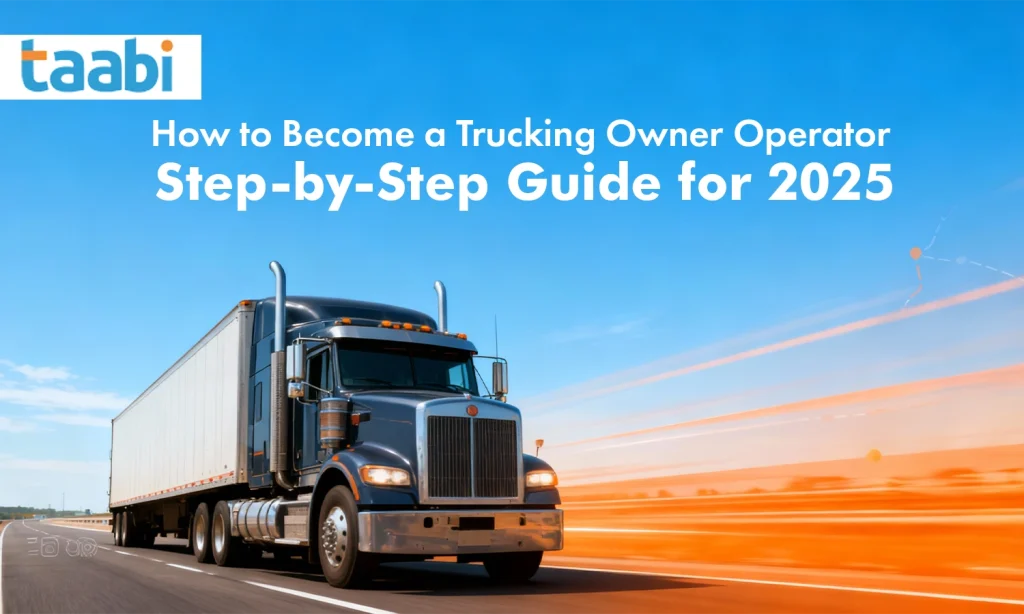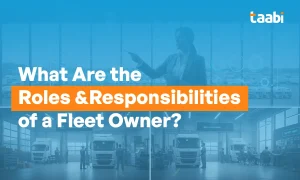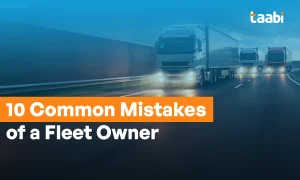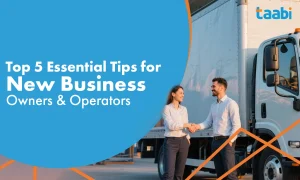For inter-state or long-haul trips, you may require national permits and transport insurance.
These official approvals validate your business and allow you to take on consistent logistics contracts across multiple routes which proves to be very useful if you want to know the core elements of how to become a trucking owner operator.
Your truck is your biggest asset. Whether you buy new, lease, or purchase used, ensure the model suits your freight type and operational budget. Research the most fuel-efficient and reliable options in the market.
Next, Register your business as a sole proprietorship, partnership, or private limited company depending on scale and budget.
Also, ensure comprehensive coverage through vehicle insurance, third-party liability, cargo insurance, and driver protection plans. These policies protect your investment from accidents, theft, and damages.
Maintaining valid insurance and legal documentation helps establish credibility with clients and logistics partners.
For new owner-operator trucking businesses, or if you want to know the basics on how to become a trucking owner operator for the long run, finding steady loads can be challenging at first. Digital load boards, freight brokers, and logistics companies are great starting points.
Many owner operators looking for drivers partner with logistics tech solutions like Taabi, which helps streamline route planning, load tracking, and cost optimization. Reliable digital support ensures you minimize empty miles and maximize earning potential.
Building professional relationships and maintaining punctual delivery records will help you earn the trust of shippers and brokers — and that leads to repeat business.
Once your business starts running, your biggest challenge will be cash flow. As a trucking owner-operator, you’ll need to plan for fuel, taxes, and maintenance costs ahead of time. Keep detailed records of every transaction and use accounting tools to monitor expenses.
Routine maintenance prevents downtime, ensures safety, and extends the life of your truck. Consistency here directly affects your profits and reliability in the industry, so learning the basics of how to become a trucking owner operator can be very useful during the longer runs.
With digital insights, you can easily learn how to become a trucking owner operator, which can make smarter route choices, reduce fuel waste, and manage deliveries with precision.
➤ A trucking owner-operator manages both driving and business operations.
➤ Licenses, insurance, and permits are essential to operate legally.
➤ Smart truck financing and maintenance planning reduce long-term costs.
➤ Technology helps optimize routes and improve profit margins.
➤ Building trusted partnerships ensures consistent business growth.
Learning how to become a trucking owner operator in 2025 means embracing both freedom and responsibility. The road to success isn’t just about owning a truck — it’s about understanding business management, building lasting relationships, and leveraging modern logistics technology.
With the right financial discipline and support from platforms like Taabi, new operators can transform their trucks into profitable, data-driven businesses that keep the wheels of logistics moving efficiently.








